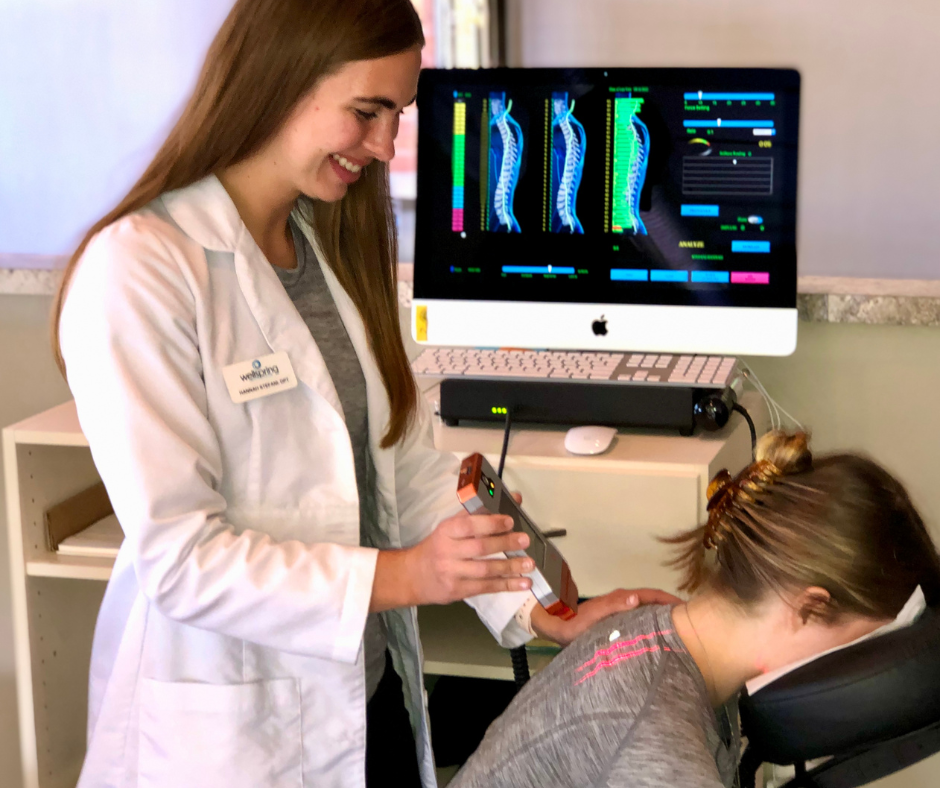It is common knowledge that good posture in Eden Prairie is one of the primary ways to prevent back and spinal problems later on in life. Children, however, are often hard to manage when it comes to adopting good posture and maintaining it, especially at school. The combination of heavy backpacks and non-ergonomic school furniture can pose real problems for children’s posture in the years following school attendance.
This problem can be complicated by long hours hunched over studying, sitting at a computer screen or looking down at a smart phone. When taken all together, there are many factors leading towards the development of poor posture and musculoskeletal consequences, so parents and educators really need to step in.
Why Is Children’s Posture so Important?
While musculoskeletal disorders can often be improved through conservative treatment like physical therapy, they can be prevented entirely during childhood. Setting good posture examples early on in life can have a tremendous effect on a child’s subsequent adoption of good posture for the rest of his or her life.
First Step: Check the Backpack
The U.S. Consumer Product Safety Commission identified 5,415 separate cases of backpack-related injuries resulting in emergency room treatment in 2013. To give your child the best possible chance of avoiding backpack-related injuries, spend a few minutes each week checking the backpack for signs of trouble:
- Weight—Your child’s backpack should only weight 10% of his or her bodyweight.
- Shoulder Strap Discomfort—Are the backpack’s shoulder straps adjustable? Is the padding worn out and causing distress? Your child may not vocalize these concerns, so you should look out for them independently.
- Improper Shoulder Strap Use—If you notice your child wearing only one of the backpack straps instead of both, encourage proper use of the shoulder strap by rewarding that behavior. Placing the entire weight of a book-laden backpack on one shoulder can elicit neck, shoulder, or back pain.
Second Step: Create an Ergonomic Study Space
Take note of your child’s position when doing homework or using a computer. Just as office workers are prone to carpal tunnel syndrome due to repeatedly resting their wrists on their workstation, children can also develop similarly painful conditions from the same behavior.
Make sure that your child’s computer is at eye-level, with no need to tilt or turn the head to see what’s on the screen. The chair should discourage hunching over, being a comfortable distance from your child’s workspace. If you encourage your children’s good posture behavior now, it will become a lifelong habit that keeps musculoskeletal disorders at bay.
Is your child experiencing back pain, neck pain or headaches? We can help! Schedule a Complimentary Pain Screening today!



